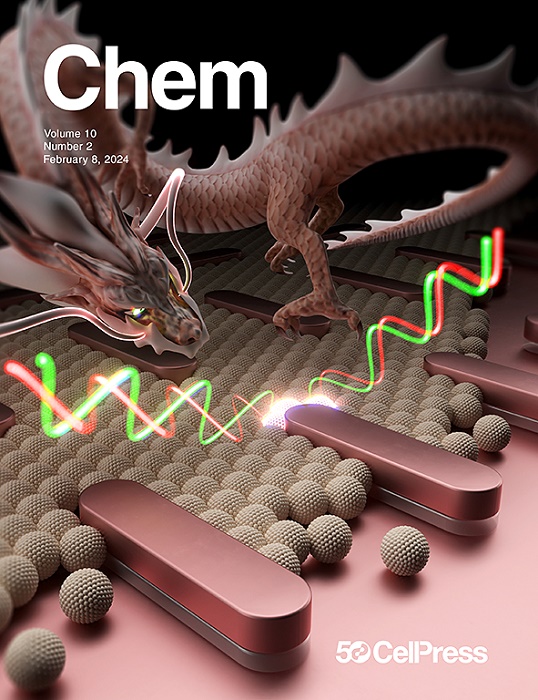Syngas chemistry: Rational design of tandem reaction pathway for directional hydrocarbon synthesis
IF 19.6
1区 化学
Q1 CHEMISTRY, MULTIDISCIPLINARY
引用次数: 0
Abstract
Syngas to hydrocarbons, especially olefins and aromatics, is an important platform technology linking raw carbon resources to terminal materials. This perspective summarizes the differences between Fischer-Tropsch synthesis and the coupling tandem pathway and identifies respective merits and defects. The Fischer-Tropsch pathway is a traditional conversion technology with metals or metal oxides as the catalytic active components that is suitable for synthesizing mixed hydrocarbon products. The coupling tandem pathway is a continuous process centered around the generation, migration, and transformation of intermediates. Matching the optimal reaction temperature for both intermediate generation and transformation is a prerequisite for the highly selective synthesis of hydrocarbons with specific carbon numbers. Designing a migration process with a shorter distance, less resistance, and a smoother path is an effective strategy to improve overall syngas conversion efficiency in tandem reactions, which is also crucial for enhancing the competitiveness of the coupling pathway.


合成气化学:定向合成烃串联反应途径的合理设计
合成气制烃,特别是烯烃和芳烃,是连接原碳资源和终端材料的重要平台技术。本观点总结了费托合成与偶联串联途径的区别,并指出了各自的优缺点。费托途径是一种传统的以金属或金属氧化物作为催化活性组分的转化技术,适用于合成混合烃产物。耦合串联途径是一个以中间体的产生、迁移和转化为中心的连续过程。匹配中间生成和转化的最佳反应温度是高选择性合成特定碳数烃的先决条件。设计距离更短、阻力更小、路径更平滑的迁移过程是提高串联反应合成气整体转化效率的有效策略,也是增强耦合途径竞争力的关键。
本文章由计算机程序翻译,如有差异,请以英文原文为准。
求助全文
约1分钟内获得全文
求助全文
来源期刊

Chem
Environmental Science-Environmental Chemistry
CiteScore
32.40
自引率
1.30%
发文量
281
期刊介绍:
Chem, affiliated with Cell as its sister journal, serves as a platform for groundbreaking research and illustrates how fundamental inquiries in chemistry and its related fields can contribute to addressing future global challenges. It was established in 2016, and is currently edited by Robert Eagling.
 求助内容:
求助内容: 应助结果提醒方式:
应助结果提醒方式:


